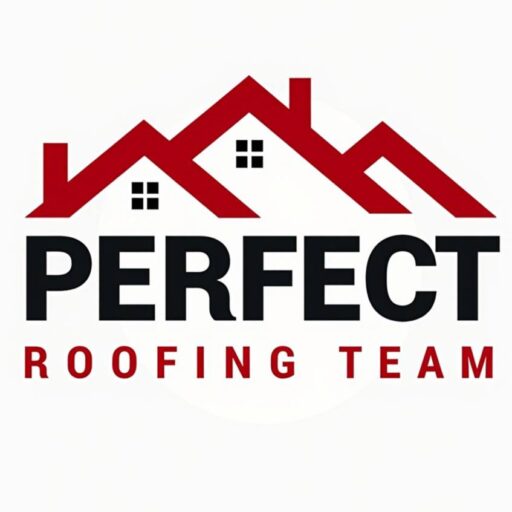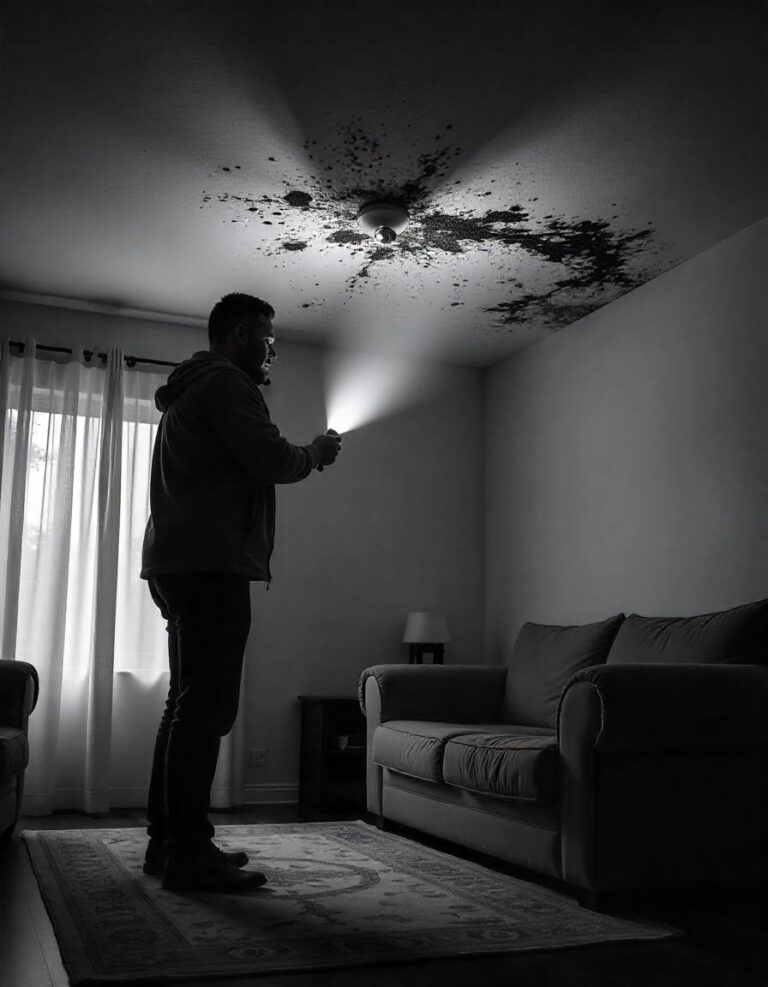What Roof Inspectors Look For That Most Homeowners Miss
Professional roof inspectors catch critical issues homeowners overlook: flashing failures, attic moisture problems, subtle structural damage, and ventilation issues that can cost thousands if left undetected.
What Most Homeowners Check vs What Inspectors Actually Find
What Homeowners Typically Check
- Missing or obviously damaged shingles
- Visible leaks inside the house
- Clogged or damaged gutters
- Large debris on the roof
- Obvious sagging areas
- Broken or missing tiles
Detection Rate: 27% of actual problems
What Professional Inspectors Find
- Early flashing deterioration and seal failure
- Hidden moisture in attic spaces
- Subtle granule loss patterns
- Ventilation system blockages
- Structural stress indicators
- Beginning stages of decking rot
Detection Rate: 94% of actual problems
Hidden Roof Problems Professional Inspectors Always Catch
Flashing and Sealant Failures
Professional inspectors examine all penetration points, chimney connections, and valley areas for early seal deterioration. We use moisture meters to detect water infiltration around flashing before visible damage occurs.
Attic Moisture and Mold
Comprehensive attic inspection reveals moisture patterns, mold growth, and ventilation problems. Professional inspectors use infrared cameras to detect temperature variations indicating moisture problems.
Subtle Granule Loss
Experienced inspectors recognize granule loss patterns that indicate accelerated aging, UV damage, or manufacturing defects long before homeowners notice obvious bare spots.
Ventilation System Issues
Professional assessment of soffit vents, ridge vents, and attic ventilation systems reveals blockages, inadequate airflow, and improper installation affecting roof longevity.
Structural Stress Indicators
Trained inspectors identify subtle sagging, rafter stress, decking deterioration, and support beam issues that homeowners cannot detect without proper equipment and experience.
Hidden Leak Sources
Professional leak detection uses electronic moisture detection, infrared imaging, and systematic water testing to locate leak sources that create interior damage without obvious roof signs.
Why Homeowners Miss Critical Roof Problems
Common Homeowner Inspection Limitations
Safety Equipment Lack
Homeowners lack professional safety harnesses, non-slip footwear, and ladder stabilization systems required for safe roof access during thorough inspections.
Tool Limitations
Professional moisture meters, infrared cameras, and specialized inspection equipment are not available to homeowners for detecting hidden problems.
Training Gap
Recognizing early signs of flashing deterioration, structural stress, and ventilation problems requires professional training and years of experience.
Access Restrictions
Many critical inspection areas like steep sections, high peaks, and attic spaces are dangerous or impossible for homeowners to access safely.
Seasonal Timing
Professional inspectors know optimal inspection timing, weather conditions, and seasonal problem identification that homeowners typically miss.
Documentation Standards
Proper inspection documentation for insurance claims and maintenance records requires professional photography and detailed reporting systems.
Professional Tools That Make the Difference
| Professional Tool | What It Detects | Problems Found | Homeowner Alternative |
|---|---|---|---|
| Moisture Meter | Hidden water infiltration | Early leak detection, flashing failures | Visual inspection only |
| Infrared Camera | Temperature variations | Insulation gaps, moisture patterns | Touch testing (limited) |
| Drone Technology | High-resolution roof images | Inaccessible area problems | Binoculars from ground |
| Digital Manometer | Attic pressure differentials | Ventilation system problems | Visual vent inspection |
| Core Sampling Tools | Decking condition assessment | Hidden rot and structural issues | Surface visual check |
| Professional Ladders | Safe access to all areas | Complete roof coverage | Ground-level observation |
Seasonal Issues Professional Inspectors Catch Early
Spring Storm Damage
Post-winter inspections reveal ice dam damage, thermal expansion stress, and storm debris impact that occurred during harsh weather when homeowners couldn't safely inspect.
Summer UV and Heat Stress
Professional inspectors identify accelerated aging from UV exposure, thermal expansion damage, and cooling system impact on roof structures during peak heat periods.
Fall Preparation Issues
Pre-winter inspections catch gutter problems, loose shingles, and ventilation blockages that could cause ice dams or storm damage during harsh weather.
Winter Ice Dam Prevention
Professional winter assessments identify insulation problems, ventilation inadequacies, and heat loss patterns that create ice dam conditions before damage occurs.
Customer Reviews - Professional Roof Inspections
What Our Inspection Customers Say
"I recently had the pleasure of working with Perfect Roofing for my home's roofing project, and I couldn't be happier with the results. From the very first interaction, their team demonstrated professionalism and expertise that caught problems I never would have seen myself."
"I recently hired Perfect Roofing Team LLC for a roofing project, and I couldn't be more satisfied with the results. From the initial consultation to the final inspection, the entire team was professional and thorough in their assessment."
"The best roof inspection service I've experienced. They found issues that I completely missed and saved me from major problems down the road."
"Good service with detailed inspection reporting. They explained everything they found and provided clear recommendations for maintenance and repairs."
DIY vs Professional Roof Inspection Comparison
| Inspection Aspect | DIY Homeowner | Professional Inspector | Recommended Approach |
|---|---|---|---|
| Safety | High fall risk, no safety equipment | Professional safety gear and training | Professional for safety |
| Problem Detection | 27% of issues found | 94% of issues found | Professional for accuracy |
| Insurance Claims | Documentation often rejected | Accepted documentation standards | Professional required |
| Cost | Free (but misses expensive problems) | $200-500 inspection fee | Professional saves money long-term |
| Frequency | Basic checks 2-3 times per year | Comprehensive annual inspection | Both: DIY maintenance + Annual professional |
| Report Quality | Mental notes, basic photos | Detailed reports with recommendations | Professional for documentation |
When to Call Professional Inspectors vs DIY Maintenance
Call Professional Inspector When
- After severe weather events (hail, high winds, storms)
- Before buying or selling a home
- When insurance claims are needed
- Annual comprehensive assessment
- Signs of structural problems or major leaks
- After reaching roof warranty milestones
- When safety equipment is needed for access
Safe DIY Maintenance Tasks
- Ground-level visual inspection for obvious damage
- Gutter cleaning and basic gutter inspection
- Removing debris from roof surface (if safely accessible)
- Checking attic for leaks during rain
- Inspecting exposed flashing from ground level
- Documenting obvious damage with photos
- Seasonal maintenance like clearing leaves
Frequently Asked Questions
Key Takeaways: Professional Roof Inspection vs Homeowner Checks
- Detection Rate: Professional inspectors find 94% of roof problems compared to 27% found by homeowner inspections
- Hidden Issues: Critical problems like flashing failures, attic moisture, and structural stress are invisible without professional tools and training
- Safety Priority: Professional inspectors have proper safety equipment and training to access dangerous areas homeowners cannot safely reach
- Insurance Compliance: Professional documentation meets insurance claim standards and warranty requirements that DIY inspections cannot satisfy
- Long-term Savings: Annual professional inspections prevent expensive problems by catching issues in early stages when repairs are less costly


